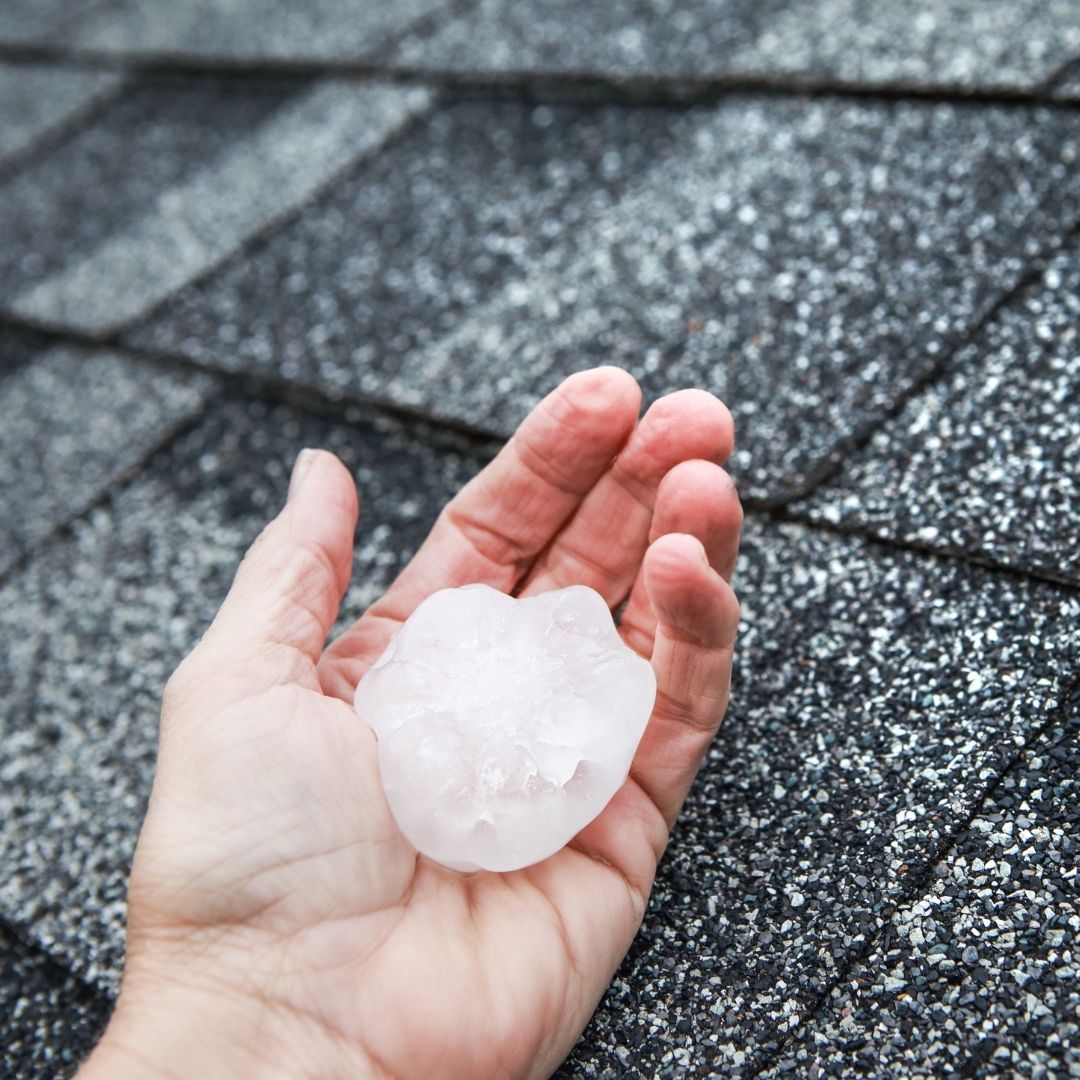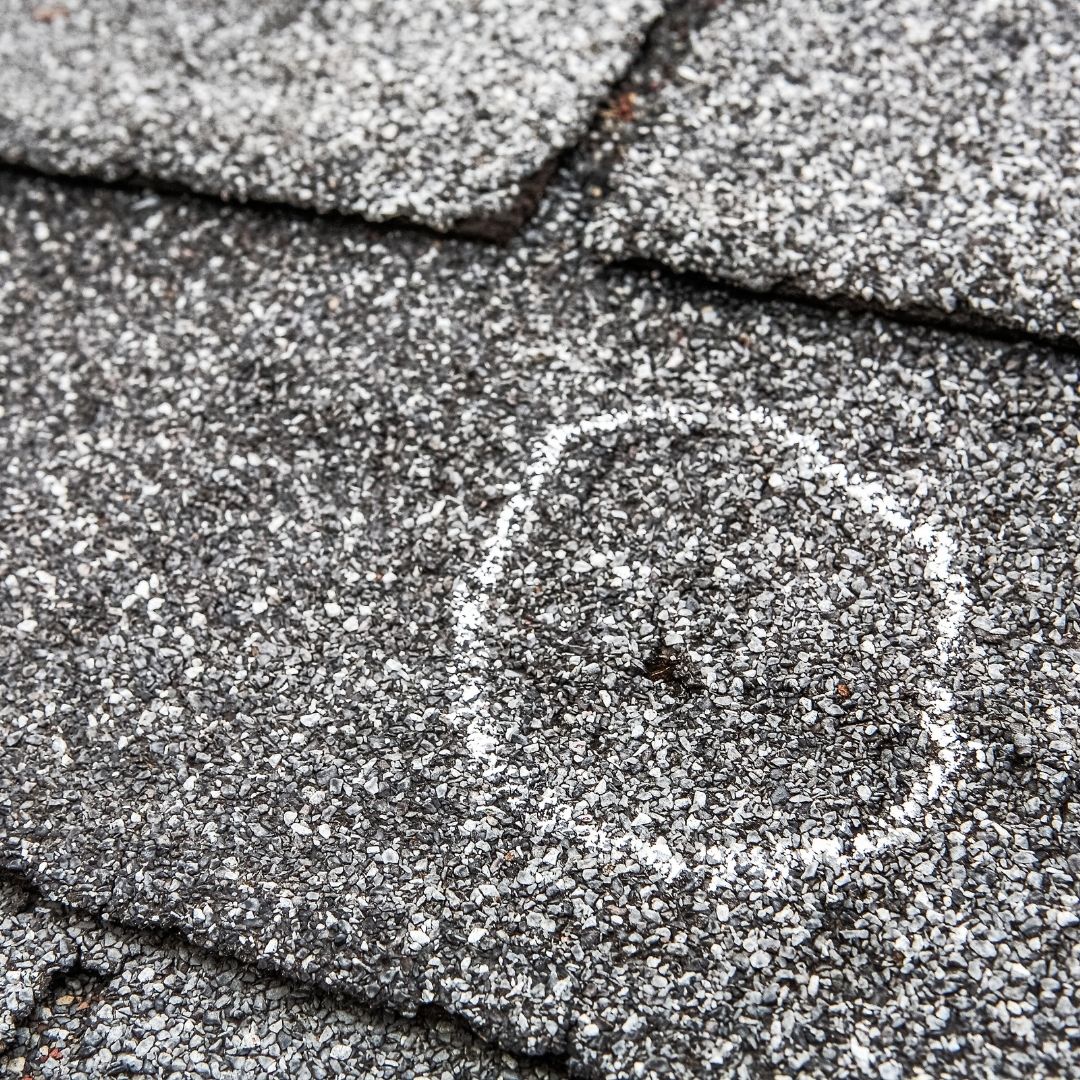How to spot hail damage (and what to do when you do)
You can count on a few things when Oklahoma’s springs and summers roll around. You’ll enjoy gorgeous sunsets and days with nothing but blue skies. Also, you’re guaranteed thunderstorms that will rattle your whole house, leaving hail damage in its wake.
Last year alone, the NOAA Severe Weather Database recorded more than 4,600 large hailstorms across the country. And these Oklahoma shakers often bring hail – from dime and golf ball to tennis and softball size – to join the thunder and lightning. This unwelcome addition to spring weather can wreak serious damage to shingles, gutters and rooflines.
Sometimes, you can survive without a noticeable scratch. However, there are other times where whole roofs are totaled. So, what makes the difference? When the clouds part and the storm passes, how do you determine the extent of the hail damage? What does it even look like? And what should you do if you know you have roof damage from a recent storm?
Here, we answer some frequently asked questions to help guide you in what to do when Oklahoma’s thunder rolls right onto your roof.
How big does hail need to be to cause roof damage?
Good news – hail usually must be pretty big to cause damage. Your roof should be able to withstand up to quarter-sized hail with little damage. Half-dollar-sized hail will start cracking siding and showing roof damage. Once you start getting bigger than that, say golf-ball-sized and larger, you could experience significant damage to your roof – and anything else you have outdoors.

What does hail roof damage look like?
Here’s what to look for when you are inspecting for roof damage after a hailstorm: Look for areas where the granules have fallen off of your asphalt shingles. Look for changes in the texture of the shingle that shows the matting beneath exposed. Also, look for cracked shingles or weakened seal strips from extra-large hail or the high winds that often accompany it.

You’ll need a professional inspection to determine the level of damage to your roof. Hail damage often starts off as cosmetic. If it is left unrepaired, it can develop into damage that impacts the integrity of the roof. Call us for a free estimate on your damage.
If you do have damage, you’ll file an insurance claim with your homeowner’s insurance. We’ll work with your insurance to ensure they have all the necessary information to pay your claim.
What is the best roofing material to protect against hail damage?
As is often the case, the best roofing material to protect against hail damage is also some of the most expensive. Metal roofs are impact resistant, which means they have a higher rating that prevents punctures from occurring during hailstorms. But, it’s metal, so it can dent.
Slate roofs are a heavy and strong roofing choice, and it has a high impact resistance rating, as well. Slate is a popular choice for those wanting to choose a roof that will stand up well to Oklahoma’s worst hailstorms.
Learn more about how to protect your roof during Oklahoma’s spring and summer weather: Read Find the Best Roof for High Wind Damage or Why is a Spring Roofing Inspection So Important?